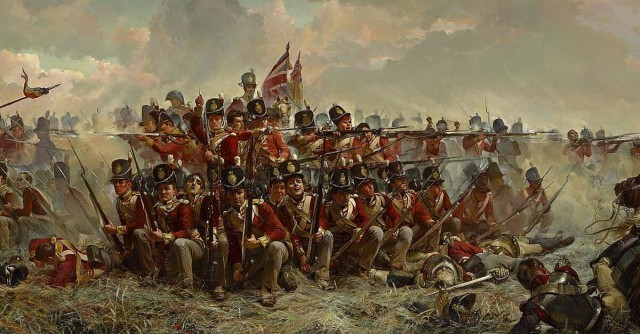
From the dawn of military history, infantry have provided the backbone of armies the world over.
Mesopotamian Phalanxes
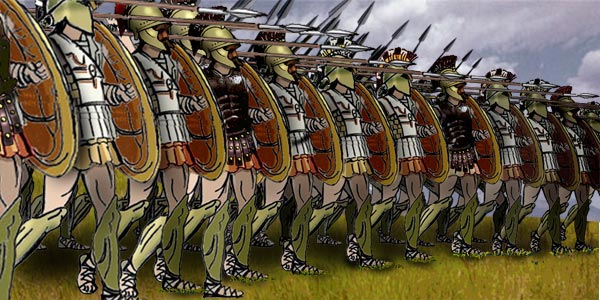
These Mesopotamian phalanxes set a precedent that would spread outward and be imitated by other ancient civilisations. By equipping their men with identical weapons, the rising nations of the ancient world could ensure reliable armies that fought with the best tools available to them. And for the first time, infantrymen began to emerge as a distinct group.
Roman Legions
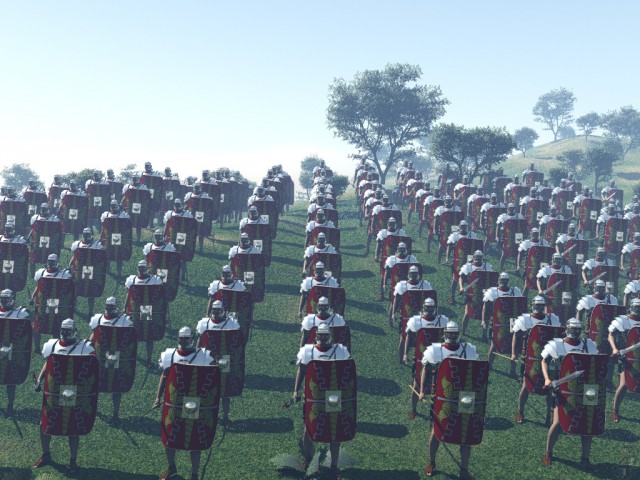
It was Rome’s legions that made it great, transforming a small Italian city-state into an empire that stretched from northern Europe to the Sahara, from the Atlantic to the Middle East. This was made possible by a new sort of soldier – the disciplined and well-equipped legionary.
The Roman legion as we remember it was born in the Marian reforms of 107 BC. Under the leadership of general and statesman Gaius Marius, the Roman army began to recruit from the common ranks of society, not just the wealthy elite. This increased both the manpower and the professionalism of the army.
Marius’s reforms included re-organising and re-equipping the troops. A permanent organisational hierarchy including cohorts and legions was put into place. Soldiers were made responsible for carrying their supplies of food and other equipment along with their armour and weapons, earning them the nickname of “Marius’s mules”.
Ruled by strictly enforced discipline, these men formed a formidable fighting machine, showing that uniformity and discipline could be more powerful than the old ideal of individual courage.
Swiss Pikemen
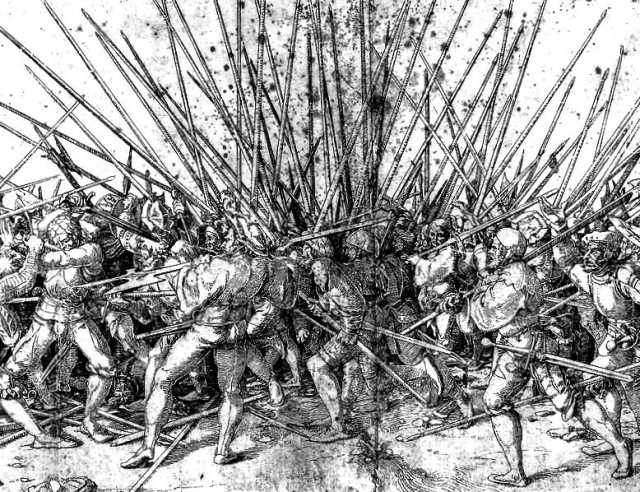
For nearly a thousand years following the fall of the Roman Empire, warfare in Europe was dominated by cavalry. Though infantry made up the majority of every army and were sometimes able to defeat the cavalry, men on horses were both the icon of battle and its hard fighting core.
This began to change in the early 14th century, and though the change could be seen from the Scottish borders to the ruins of the Crusader states, it was exemplified by the famed Swiss pikemen.
These men, who made up the armies of the Swiss Confederation, had a psychological strength that came more from stubbornness than professional discipline, determined not to let outside rulers cause trouble for their homeland. They also had the weapons to back this up. Twenty-foot pikes were the weapon of the majority of men in their formations, preventing cavalry charges from getting close to them and holding enemy units at bay. Within this wall of deadly points were men with shorter, heavier weapons – halberds, spiked clubs and two-handed swords – ready to hack down any enemies who got close.
At Morgarten in 1315, Laupen in 1339 and Morat in 1486, the Swiss proved that infantry was once again the dominant force on the battlefield. Their pikes, alongside ever more sophisticated gunpowder weapons, would fill the battlefields of the 16th and 17th centuries.
French Conscription
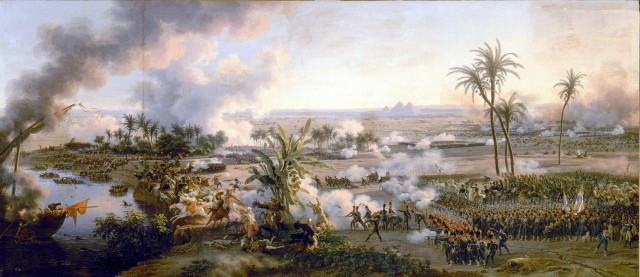
For the next century and a half, this would be the face of the infantry – vast masses of troops fighting in formation, ordinary men fed into the grinder of war.
First World War
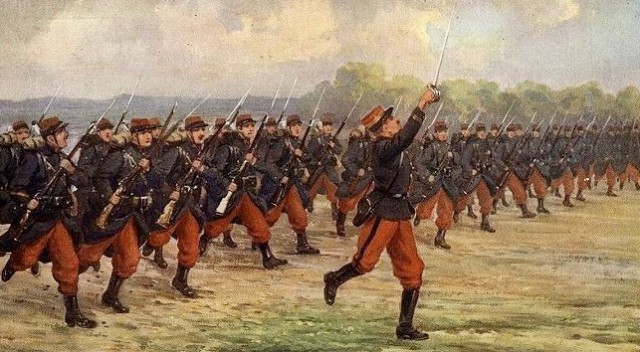
With the Great War, this came to an end.
At the outbreak of war in 1914, millions of infantrymen were flung into action in the same massed blocks they had used for centuries. In the face of overwhelming firepower from artillery and machine guns, they died in droves. Millions were left dead in the mud of the Western Front and scattered across the battlefields of the Eastern Front.
In the face of technological change, infantry have once again been transformed.
www.warhistoryonline.com

Δεν υπάρχουν σχόλια:
Δημοσίευση σχολίου